
Supersonic flight is exhilarating until it does damage to windows and rattles entire subdivisions. That is what happened when the U.S. Air Force Thunderbirds were flying in training for the Chicago Air and Water Show and knocked windows out, resulting in a hot debate regarding whether or not the jets had broken the speed of sound. The Air Force maintains they had not. Video images, eye witness accounts, and technical computations suggest they had.
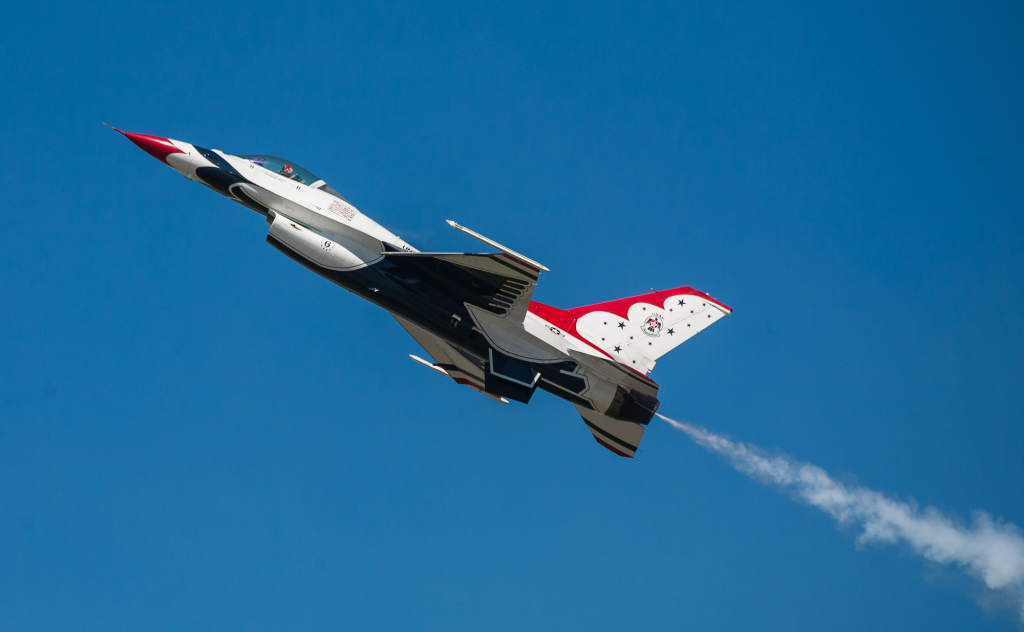
This was not a repeat airshow gaffe. This was a collision of physics, city infrastructure, and public perception, shrouded in controversy over the history of sonic booms, the physics of shock waves, and the show business vs. safety line. These are the most interesting factors to this speed soap opera.
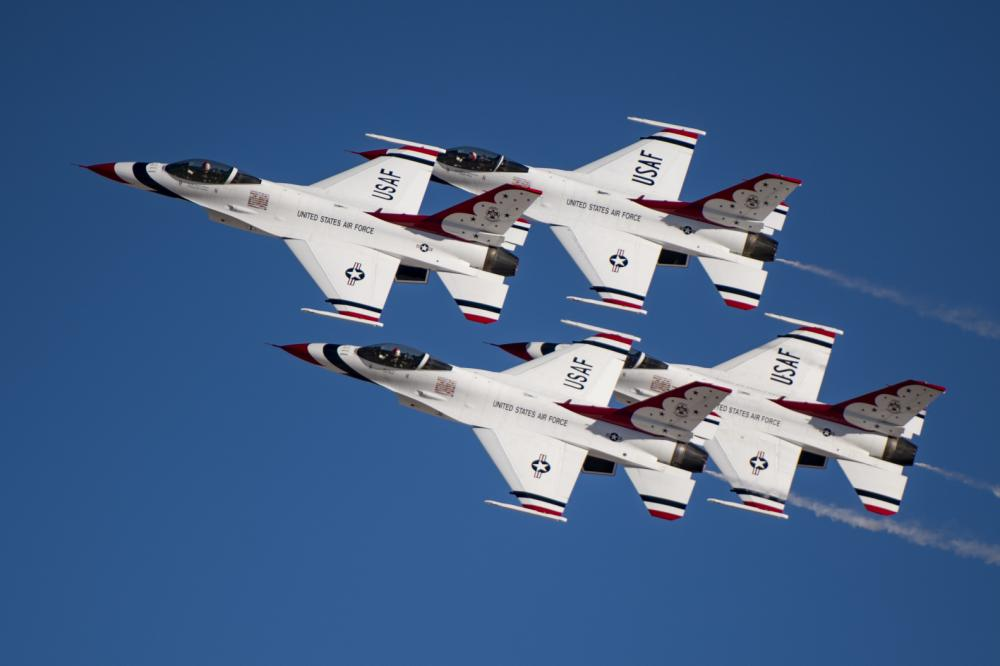
1. The Official Denial vs. Expert Analysis
The U.S. Air Force released a statement indicating that “the Thunderbird jets did not fly supersonic at any time during the demonstration.” Yet in the Chicago Sun-Times article, University of Illinois Urbana-Champaign assistant professor Matthew Clarke explained, “Those were obviously sonic booms.” Clarke explained that while the plane’s total speed might be subsonic, the local air passing over particular areas such as the wings might be greater than Mach 1, and create shock waves. This little bit of aerodynamics makes both statements flat-out true, but educative for public doubt.
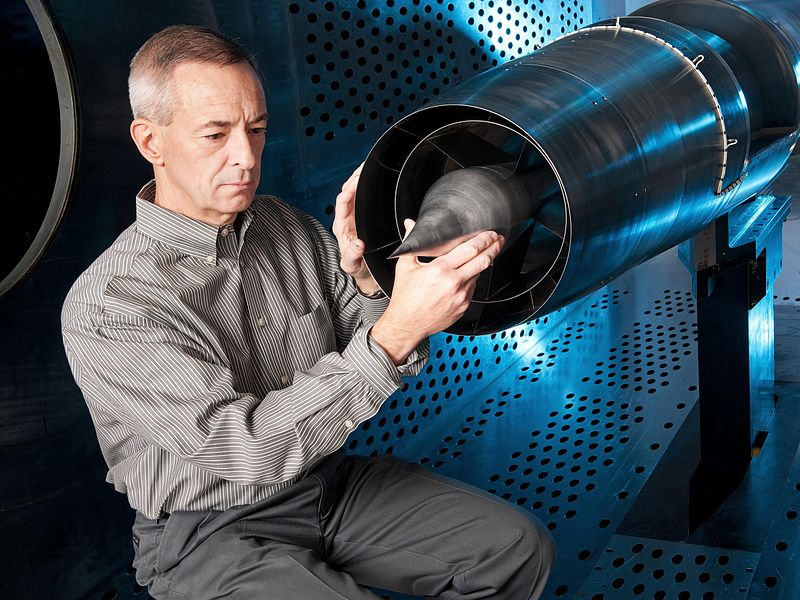
2. Physics of a Sonic Boom
A sonic boom is the noise generated by shock waves as something travels at a speed greater than sound. NASA defines it as a cone of pressurized air molecules spreading to the ground, where the shock drop in pressure produces the distinctive bang. Air-pressure variation is minimal, only a few pounds per square foot, but the speed of change is incredible. Two booms, one nose boom and the other tail boom, are generated by airplanes that will typically coalesce into one cacophonous boom. Both can readily be heard in a number of cases, such as the F-16 Oshkosh case.
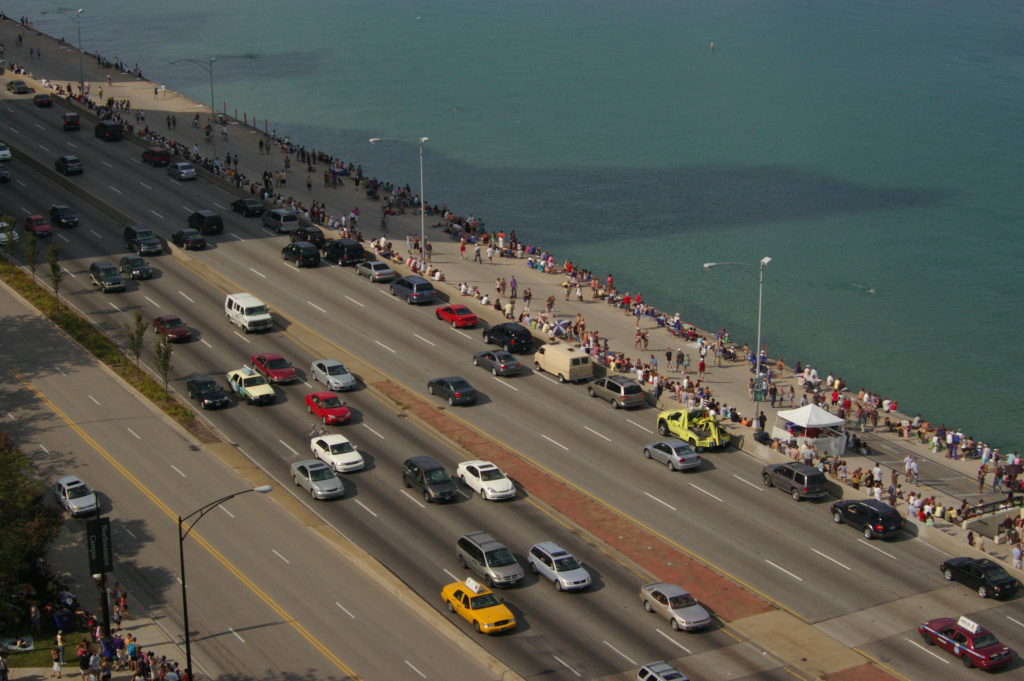
3. Collateral Damage Along Lake Shore Drive
Chicago lakefront residents termed the booms “an earthquake” and “a big jolt.” Four apartment buildings had shattered lobby windows, and most of the damage was on first-floor levels. Alderman Bennett Lawson reported that those buildings predated the air show and never had this type of breakage before. He is urging residents to file complaints against the city, claiming they should not be forced to pay for damage to their properties resulting from a city-hosted event. The crash also spotlights how city environments are able to amplify sonic effects, a phenomenon researchers call the “building spiking” effect.

4. A History of Supersonic Crashes
It’s not the first time demonstration units have accidentally surpassed the sound barrier. In 2012, Thunderbirds confirmed a pilot flew supersonic for nine seconds while turning at Davis-Monthen AFB, and the repair put them back over $22,000. The U.S. Navy Blue Angels had their 2021 mishap occur at El Centro, Calif., when near-Mach maneuvers by an F/A-18 Super Hornet caused over $180,000 in damage and hurt a dozen people. A Navy report attributed the cause to a camera facing aft that reinforced the aircraft’s cone of sonic pressure wave above Mach 1 despite indicated speeds remaining below.
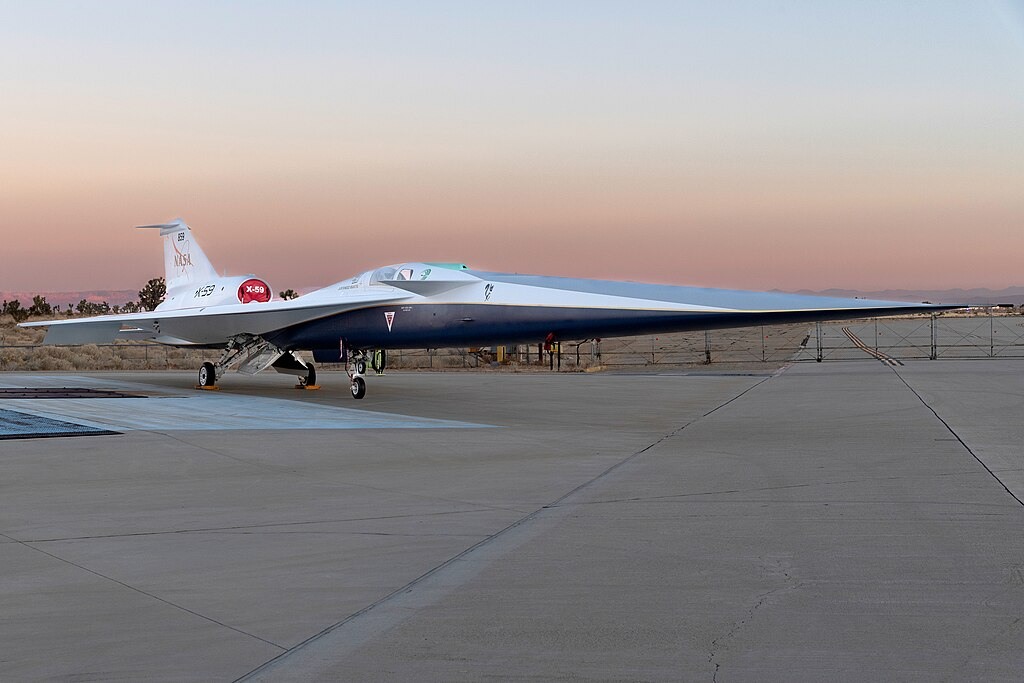
5. Supersonic Flight Is Restricted for a Reason
Supersonic commercial flight over land is banned in the U.S. since 1972 because of noise pollution and property damage concerns. Military planes are the only ones allowed to exceed Mach 1 in specially designated high-altitude air corridors. Thunderbirds’ sonic booms were over a settled area during a low-altitude flight training exactly the kind of scenario such regulations attempt to avoid. While “quiet supersonic” technology is being researched, as the NASA’s X-59 program indicates, the Chicago event brings back to our minds the constant trade-off problem of performance vs. disturbance to the public.
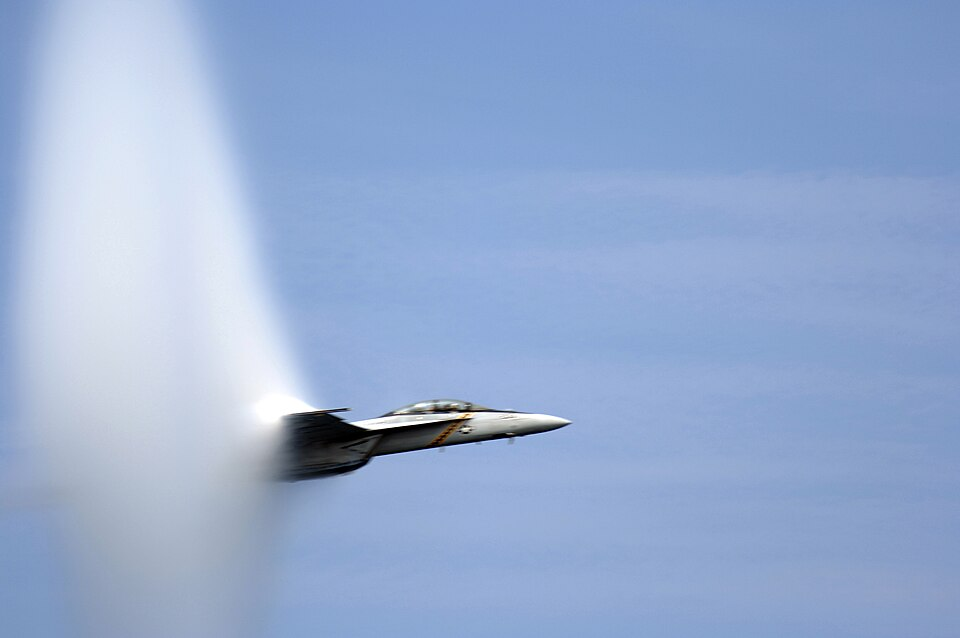
6. The Role of Localized Supersonic Flow
Clarke’s observation refers to the subtle aerodynamic reality that air passing over sections of an airplane can be supersonic while the airplane’s Mach number is below This ought to happen in the transonic flow regime, where there are local supersonic flow domains that terminate in shock waves. These small-scale domains are capable of generating audible booms without the entire aircraft being supersonic. These effects are long known in high-speed aerodynamics and make the public’s either/or perception of “supersonic or not” much more difficult.

7. Public Perception and Viral Evidence
Ari Barjesteh, a resident of Lake View, recorded both explosions and posted them on TikTok, where they quickly went viral. The commenters divided equally half claiming it was a sonic boom, half claiming it was not. The colloquial choice of words “they sounded like bombs exploding shook windows and shook the building up” is a gauge of how common people’s understanding of aerodynamics at high speeds diverges from expert testimony.
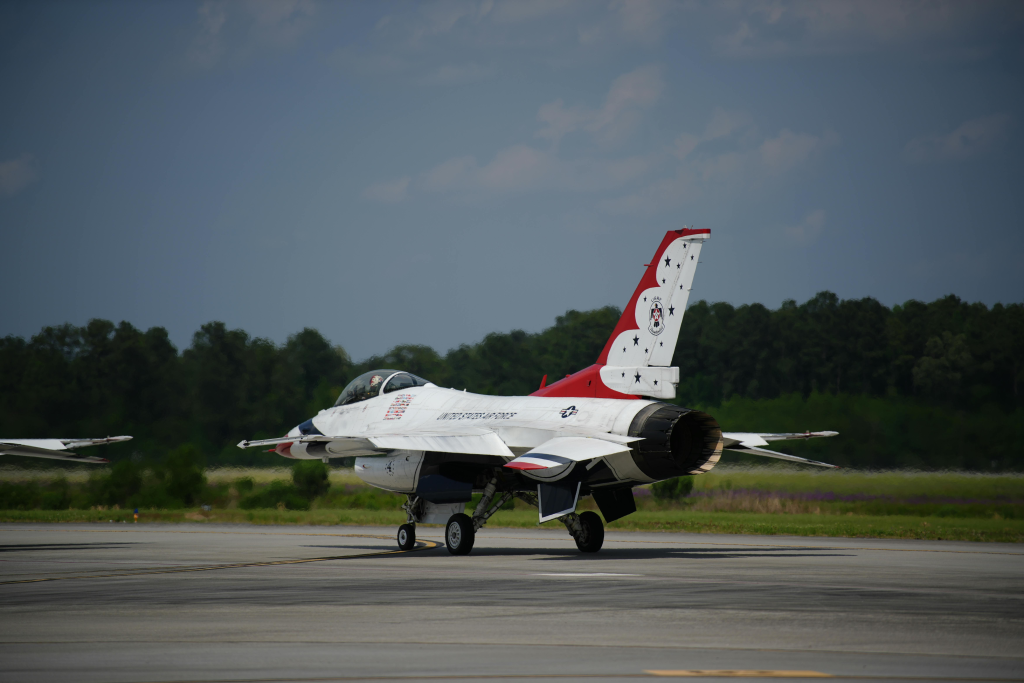
Social media in the present era is a witness and megaphone to such differences, shaping public opinion ahead of official inquiry being completed. The Chicago Thunderbird flap is something greater than a controversy over whether the jets had or had not violated the sound barrier. It’s a discussion of how leading-edge aerodynamics push up against cityscapes, rules for games, and majority sentiment. As supersonic tech continues to advance, incidents like this one remind us that shock-wave physics is as merciless as it is beautiful and that the line between marvel and terror can be crossed in less than a second.

